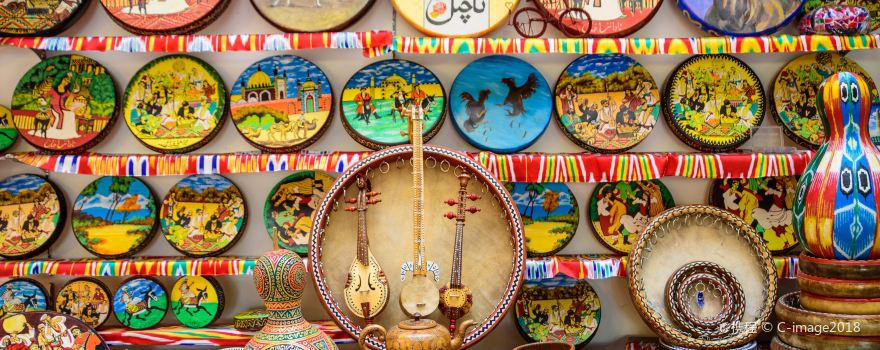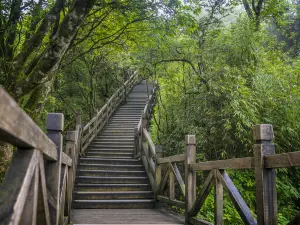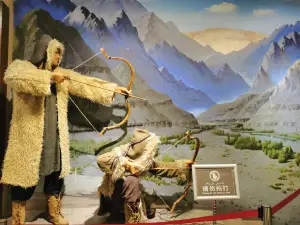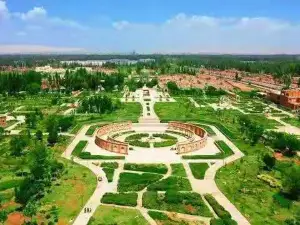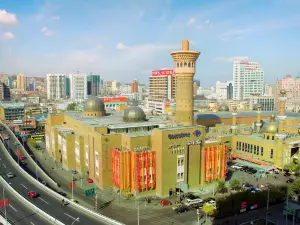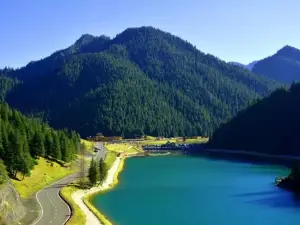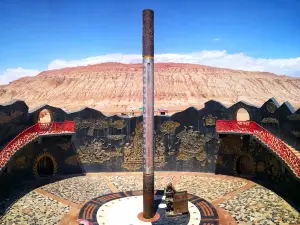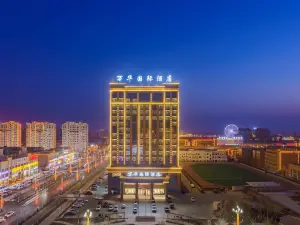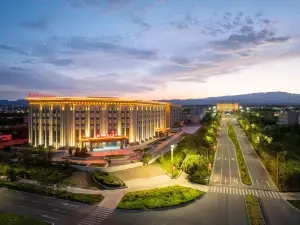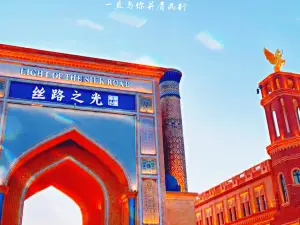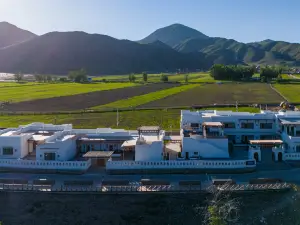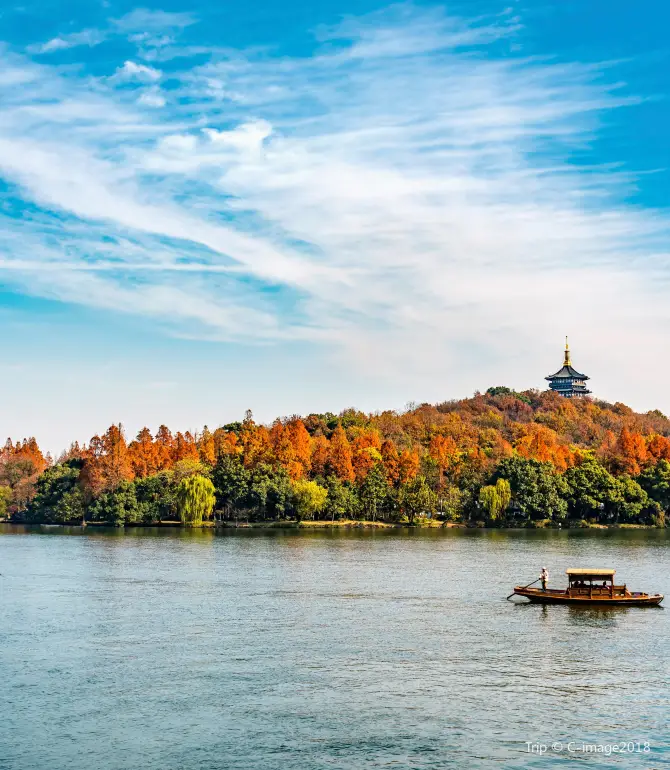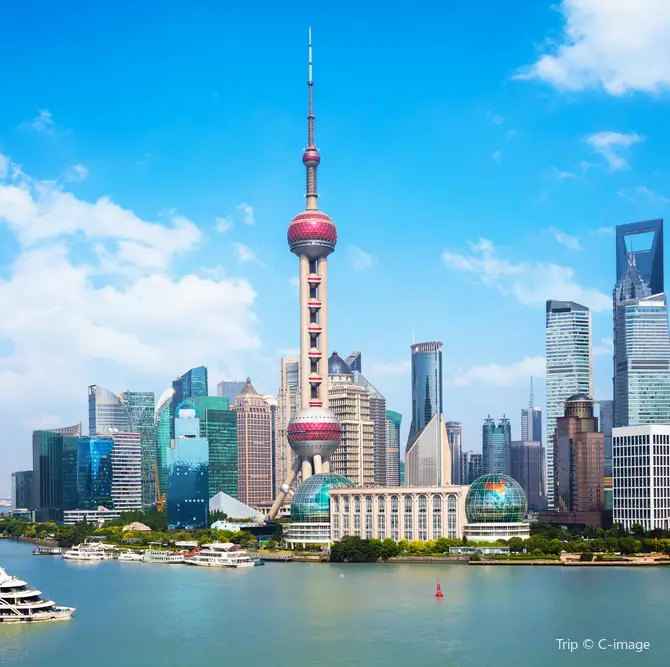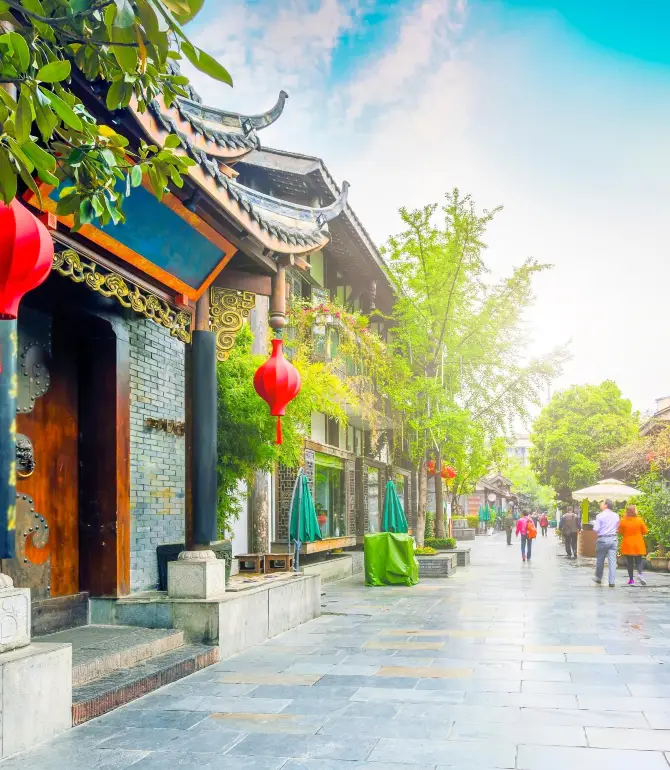2025 Xinjiang Travel Guide: Weather, Transportation, Popular Attractions, and Everything You Need (Updated 2025 3)
About Xinjiang
Recommended trip: 7–12 day(s)
Recommended trip: 7–12 day(s)Xinjiang Local Experiences Map
Xinjiang Local Travel Guide 2025
Xinjiang Brief Guide
Situated in the northwest of China, Xinjiang boasts vast lands and diverse cultures, primarily influenced by the Uygur ethnic group. Dating back to its historical roots on the Ancient Silk Road, it offers a rich blend of traditions and is known for its scenic beauty and ethnic diversity. The region is home to some of the most stunning natural attractions in China such as Tianchi Lake, described as the "Pearl of Tianshan" due to its picturesque landscapes and alpine location. Another must-see is Kanas Lake, famous for its shifting colors and serene environment. Furthermore, the Bayanbulak Grassland offers expansive views and is notable for its wildlife, particularly swans. Xinjiang's cuisines offer a vivid taste of its ethnical variety, predominantly featuring Uygur characteristics with staple dishes like the aromatic Xinjiang lamb skewers and the richly flavored Dapanji.
Xinjiang Best Time To Visit
The best time to visit Xinjiang is from April to November, as these months feature mild and comfortable weather, ideal for exploring the region's stunning natural landscapes and vibrant culture. During April and June, it offers pleasant temperatures and the blooming beauty of Apricot Valley and Tianchi Lake. From July to August, it is perfect to experience lush grasslands like the Nalati Prairie, while from September to early November, it provides excellent opportunities for photography with stunning autumn colors in areas like Kanas.
Xinjiang Must-try Local Experiences
1. Discover Stunning Natural Lakes At Tianshan Tianchi, take a boat ride across the lake to enjoy the reflection of snow-capped peaks in the clear waters or follow the lakeside trail for views from different perspectives. Over at Kanas Lake, you can hike or bike around, exploring the legends of the lake monster and marveling at the lake’s shifting colors. In autumn, Kanas Lake is a vibrant tapestry of color, like a scene from a fairy tale. 2. Horseback Adventure on Nalati Grassland Rent a horse on the vast Nalati Grassland and follow a guide through endless green pastures. Along the way, you might encounter herdsmen with their livestock, bringing you closer to the rhythms of nature. 3. Watch a Traditional Uyghur Dance Performance Catch a lively Uyghur dance performance in Urumqi or Kashgar to experience the energy of the music and dance, immersing yourself in the heart of Uyghur culture. 4. Visit the Ancient City of Kashgar Stroll through the Ancient City of Kashgar, visiting traditional workshops and experiencing the authentic Uyghur lifestyle. The area is steeped in a rich historical and cultural atmosphere. 5. Join the Turpan Grape Festival Held around August, Turpan’s Grape Festival is a major celebration in Xinjiang, featuring vibrant performances and tastings of freshly picked grapes and grape-based delicacies. 6. Attend the Nadam Fair Each summer on the Xinjiang grasslands, the Nadam Fair, a Mongolian festival, offers traditional sports like horse racing, wrestling, and archery, showcasing the allure of nomadic culture. 7. Taste Local Delicacies Xinjiang cuisine is a must-try, with specialties like roast lamb, big plate chicken, pilaf, and baked buns. Savor the intense spices and unique cooking methods, experiencing the essence of Xinjiang’s food culture. 8. Shopping at the Xinjiang International Grand Bazaar Visit Xinjiang International Grand Bazaar, where you’ll find a vibrant mix of ethnic culture, handmade crafts, and regional delicacies. 9. Experience the Seasonal Beauty of Sayram Lake In early spring, Sayram Lake dazzles with the rare “ice push” phenomenon; in summer, wildflowers bloom along its grassy shores. Autumn sunsets cast a golden glow over the shimmering lake and amber fields, while winter brings endless blue ice and snow-capped mountains for a picture-perfect view. 10. Desert Adventure in Xinjiang Explore the Kumtag or Taklamakan Deserts, where you can join desert adventures like off-road driving, camel riding, and camping to experience the vast beauty and mystery of the dunes. 11. Winter Skiing in Xinjiang Head to Altay or Tianshan ski resorts in winter to enjoy the thrill of skiing and the enchanting winter scenery of Xinjiang’s snowy landscapes.
Xinjiang Transportation
Xinjiang can be accessed via international flights to Urumqi Diwopu International Airport, which connects with numerous cities worldwide. Additionally, it's well-connected by train from major Chinese cities, as well as international rail routes from Kazakhstan. Traveling by road or internal flights within Xinjiang is feasible for exploring the region further.
Xinjiang Best cities to visit
Kashi, also known as Kashgar, is a city in China’s extreme west, very close to the Tajikistan border. It is situated in the Xinjiang Uygur autonomous region, home to China’s Muslim Uygur ethnic minority. Because of the Muslim influence, the city is very different from others in China. It is home to China’s largest mosques. Famous sites include the Id Kah Mosque and the Abakh Khoja Tomb. Although there are a few specific tourist attractions and activities, the unique culture and lifestyle of the local people are an extremely interesting and spiritual experience.
Xinjiang Useful Guide
For self-drive tours in Xinjiang, ensure your vehicle is well-maintained and adapt your driving to local traffic rules and conditions. Always carry essential emergency numbers: police (110), fire department (119), medical emergencies (120), and traffic police (122). Be cautious during driving as unexpected delays and strict security checks might occur. Always keep your travel and identity certificates handy, as local authorities may conduct checks.
Trip.Best: Xinjiang
Popular Destinations
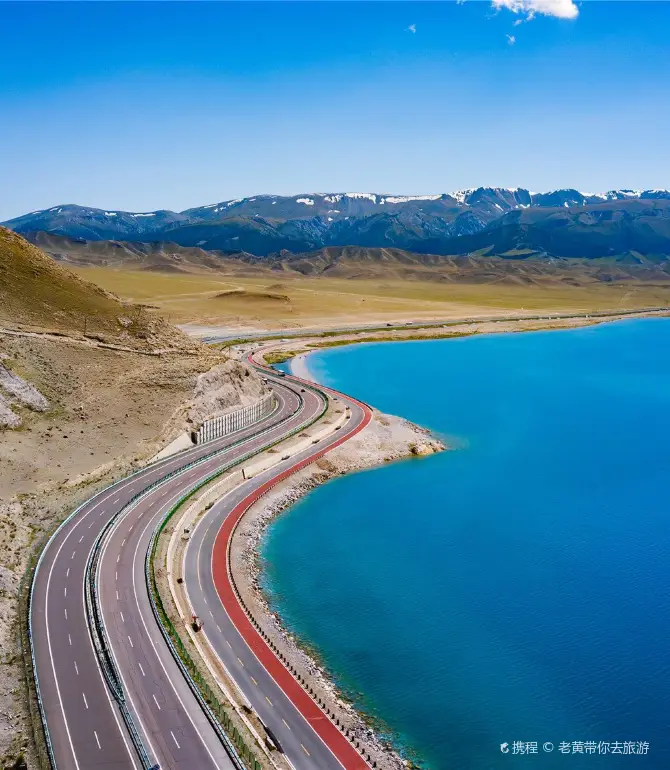
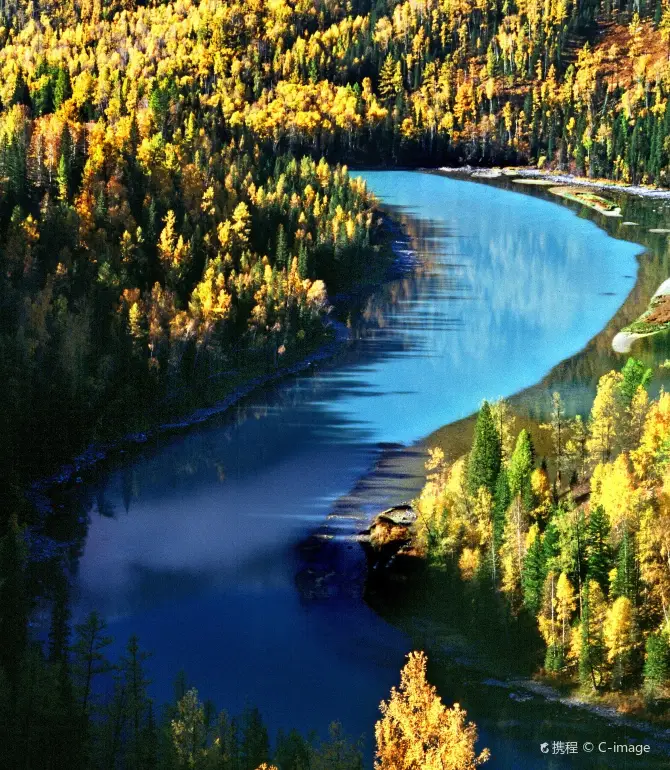
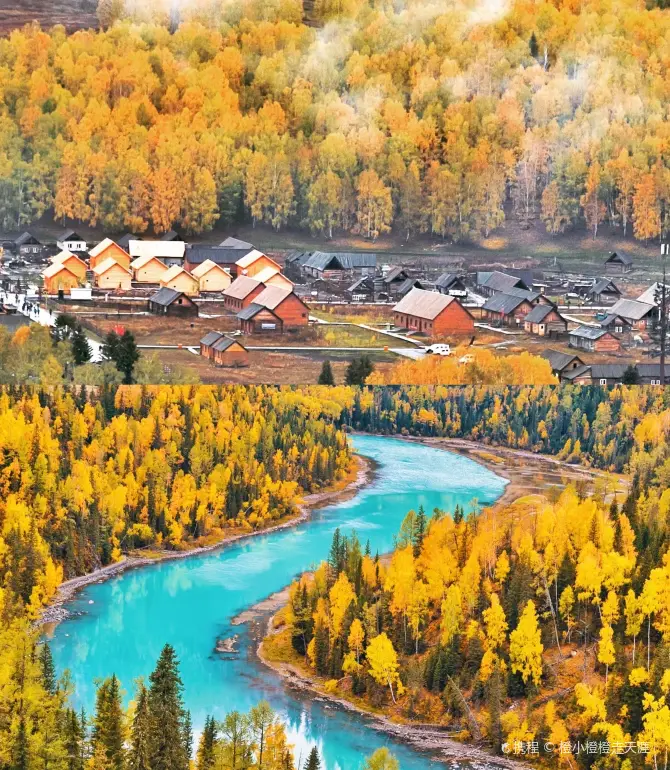
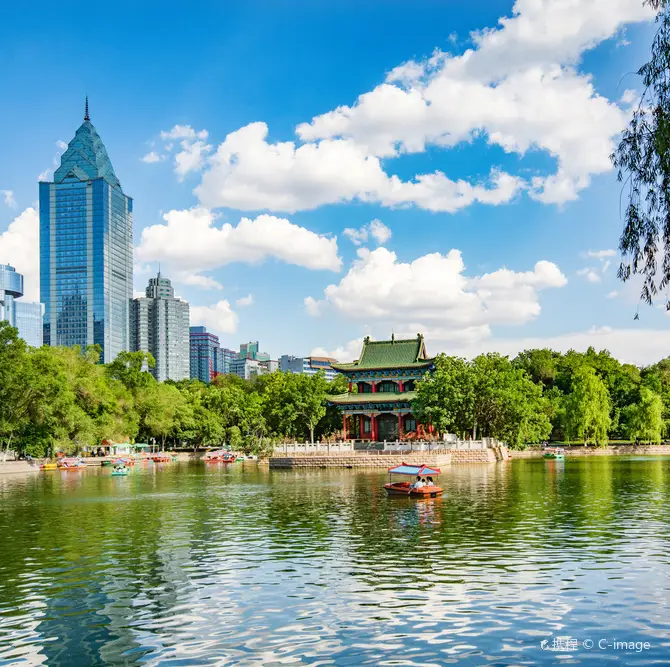
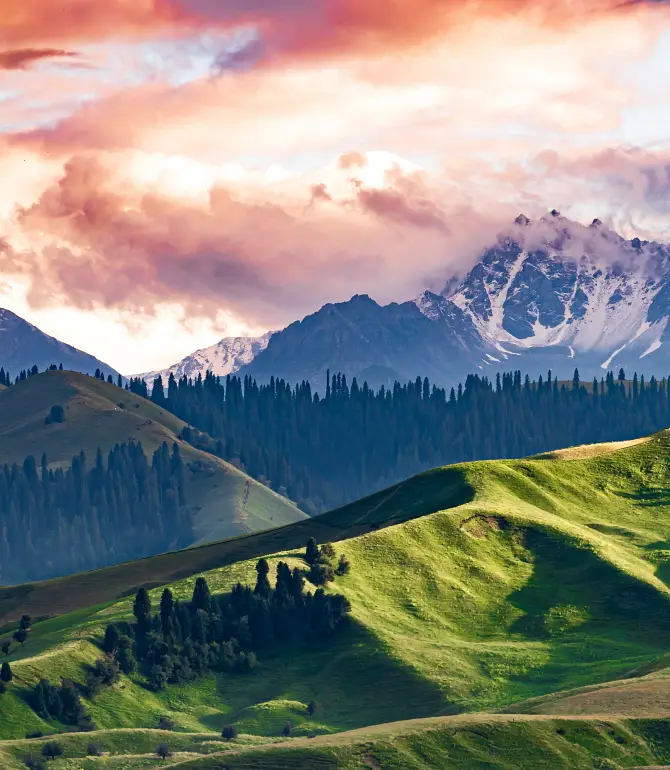
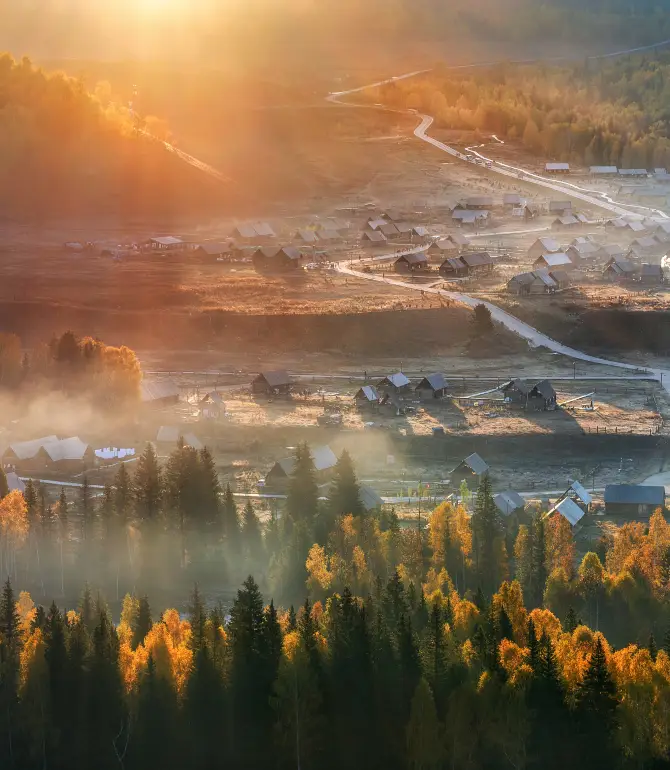
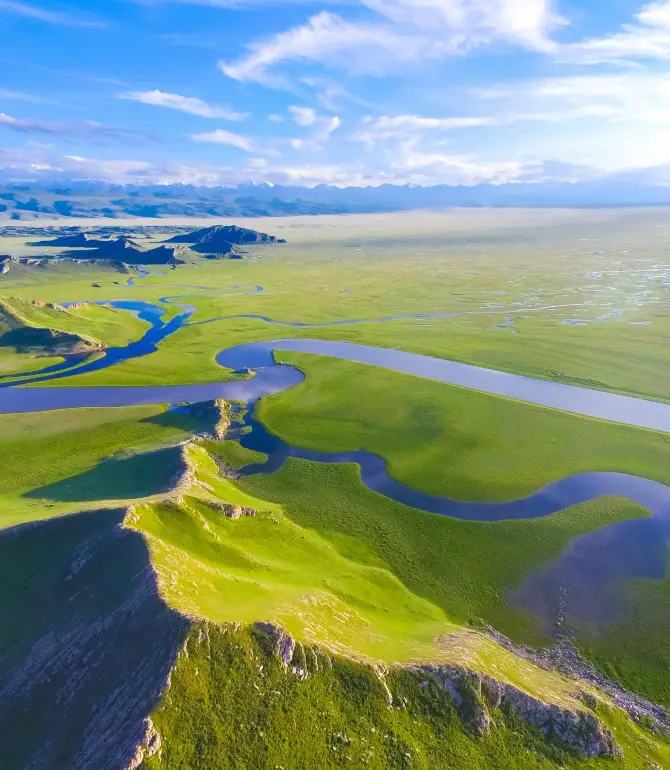

Things to do in Xinjiang
What to Do
Where to Stay
What to Eat
Xinjiang Moments: Through Travelers' Eyes

Ili, Xinjiang: March to May is not recommended. Here's why...

2-Day Tour of Urumqi County: Explore the Beauty and Leave No Regrets

Xinjiang Travel Guide | Just back from Xinjiang, this guide is super practical!

8-Day Northern Xinjiang-Urumqi Tour: Detailed Guide

Xinjiang Travel Tips: Why You Shouldn't Visit in January or February

Not a foreign country! This is Urumqi, Xinjiang.

12-Day Northern Xinjiang Panorama Tour Guide

Yili, Xinjiang: Not Recommended for March–May, Because…
What People Are Saying About Xinjiang
The Xinjiang Museum
Xinjiang International Grand Bazaar
Xiang Fei Park
Ancient City of Kashgar
Xinjiang Kanas National Geopark
Hemu Scenic Area
Liuxing Street
Kazanqi Folk Tourism Area In Ancient City of Yili
Keketuohai Scenic District
Keketuohai International Ski Field
Best of Xinjiang
Site Operator: Trip.com Travel Singapore Pte. Ltd. Travel License No. 02943

